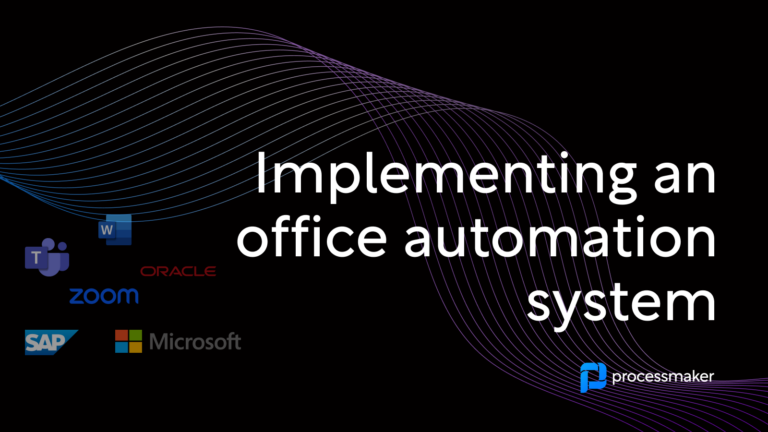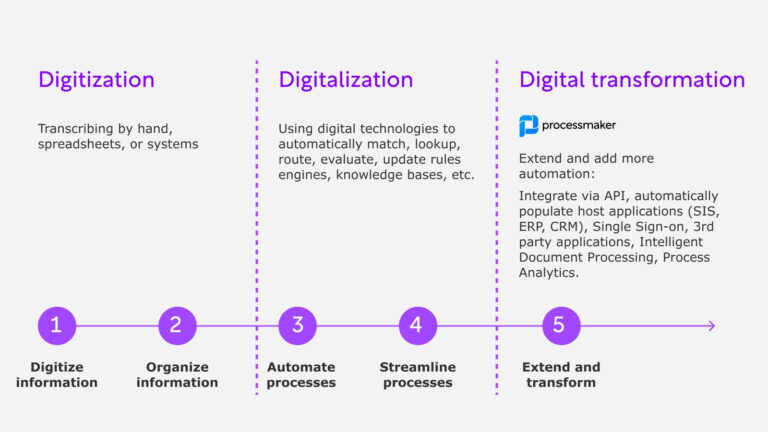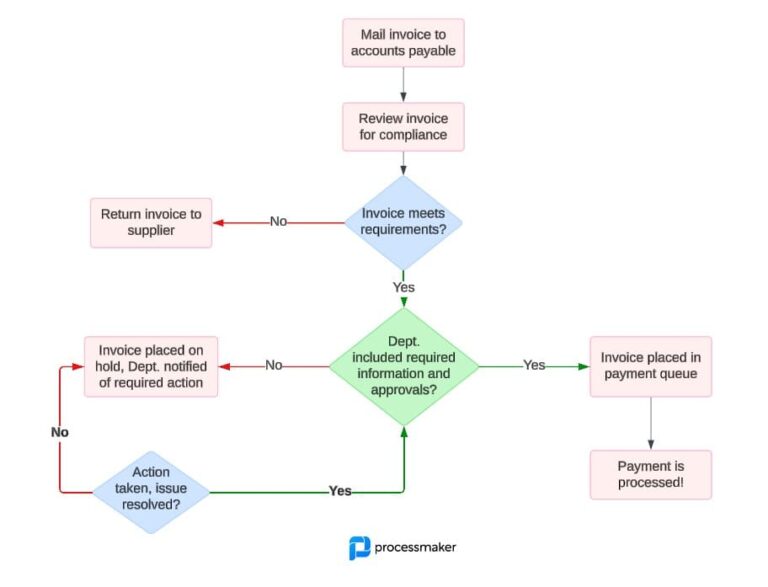The business world is constantly evolving. Business strategies and technologies ebb and flow. What is here today is gone tomorrow. Such is the case with several workflow optimization methodologies that arose in the latter part of the 20th century: Six Sigma, Lean, and business process re-engineering. While many cast these workflow optimization strategies aside at the time, others, including Fortune 500 companies, openly embraced them.
Yet their adoption was largely short-lived. The workflow optimization methodologies were both limited and rigid in their uses and were displaced by powerful technological solutions like business process management software. In this article we will explore the rapid rise and demise of business process re-engineering, Lean, and Six Sigma.
The rise and fall of business process re-engineering
Business process re-engineering (BPR) came about in the mid-1980s following research by Michael Hammer and James Champy. Hammer and Champy argued that the movement to automate outdated business processes using computers would never remedy operational deficiencies. Rather, the authors proposed the concept of radical redesign and reorganization (termed “business process reengineering” in 1987) of an organization’s processes to reduce costs and improve quality.
The economic recession in the early 1990s combined with the success that several large organizations like Ford and Hewlett-Packard had with their workflow redesigns led to a rise in the popularity of BPR. In 1993, Hammer and Champy published their bestselling book, Reengineering the Corporation: A Manifesto for Business Revolution. In their book, they encouraged businesses to discard existing processes and implement significant process improvements, as opposed to incremental improvements.
Yet just a few years later many early proponents of BPR abandoned the practice. This was due to both several years of unimpressive results and the “wipe the slate clean” approach of BPR being too extreme for most organizations. For instance, the radical approach of BPR can take a negative toll on employee morale and destroy an organization’s culture.
The Lean and Six Sigma approach
The Six Sigma methodology can be traced back to the work of Walter Shewhart in the 1920s. It was not, however, until the mid-1980s that Six Sigma became popular among large organizations. This was the result of the work of a group of engineers at Motorola. They developed Six Sigma as a standard to measure defects in manufacturing processes. Using the methodology, organizations strive for 99.99966% of all opportunities to produce some feature of a part to be statistically free of defects. Thus, Six Sigma seeks to reduce waste by essentially eliminating variation within a process.
Motorola’s success with Six Sigma led to other large corporations like Honeywell and GE adopting a variation of the methodology. This version of Six Sigma eliminated technical aspects while retaining management principles. Yet many organizations have moved away from Six Sigma. Critics point to the methodology’s arbitrary and unattainable quality specifications and its stifling effect on innovation, as well as the failures of large corporations like GE that relied on Six Sigma. In fact, according to one report, of the 58 large companies that publicly announced Six Sigma programs, 91% have trailed the S&P 500 since.
Lean process improvement is often used interchangeably with Six Sigma, but they are different methodologies. Lean was derived from Toyota’s operating model called “The Toyota Way.” The Toyota Production System (TPS) evolved over many decades, helping Toyota to become the largest automotive company in the world. In 1988, John Krafcik incorporated the principles of the TPS into an approach he termed “Lean” in his article entitled Triumph of the Lean Production System.
Like Six Sigma, Lean seeks to reduce waste in manufacturing processes and its principles have been expanded to encompass management and other disciplines. Lean, however, takes a broad-based customer focus to help businesses supply what customers need with in the minimum amount of resources. Despite its usefulness, organizations have also moved away from Lean in recent years.
Perhaps the largest criticism of Lean is that the relentless pursuit of waste elimination causes excessive stress in the workforce. Moreover, obsessing over costs stifles innovation and ignores other important parameters that make an organization great.
Business process management: a better approach to workflow optimization
Business process management (BPM) leverages automation technologies to improve an organization’s business processes. The approach includes documenting existing processes, identifying areas for potential improvement, improving efficiency, and managing processes for continued improvements. Unlike business process re-engineering, BPM does not advocate starting with a clean slate. Moreover, unlike Lean and Six Sigma, business process management software can automate repetitive, time-consuming, and error prone processes.





